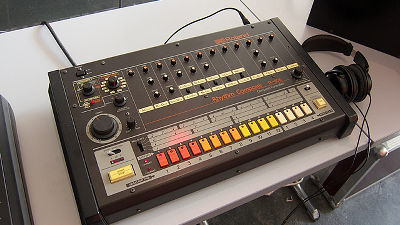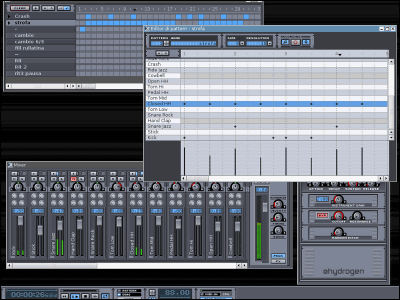What kind of music genre is 'jungle,' which was used frequently in games in the 1990s?

Game developer
Pikuma: The Impact of Jungle Music in 90s Video Game Development
https://pikuma.com/blog/jungle-music-video-game-drum-bass
With the release of the Sega Saturn in November 1994, the PlayStation in December of the same year by Sony, and the Nintendo 64 in June 1996 by Nintendo, 3D games began to dominate home game consoles in the late 1990s. This generation of game consoles not only redefined game graphics, but also 'took the opportunity to spread a new style of music around the world,' Petzi claims.
' Jungle ' is a music genre that was born in the UK in the late 1980s, and combines elements such as 'energetic drum patterns,' 'tasteful bass lines,' and 'high tempo.' These elements of jungle matched the 'expectations for the future' that were floating around in the 1990s, so Petzi speculates that jungle became popular in games in the 1990s when 3D games appeared one after another.
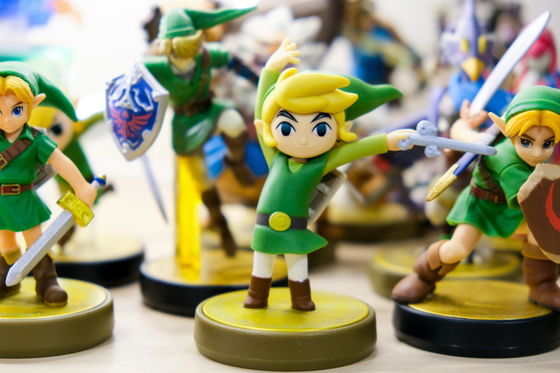
For starters, the 1950s and 1960s were the heyday of jazz, featuring instruments such as drums, bass, acoustic piano, trumpet, and saxophone, while from the 1970s to the 1980s, the majority of instruments used in recordings and live concerts were organic.
Later, with the popularity of music genres such as rock and roll and Chicago blues,
Electronic music uses electronic instruments that are now commonplace, such as electric guitars, tonewheel organs, and electronic pianos.
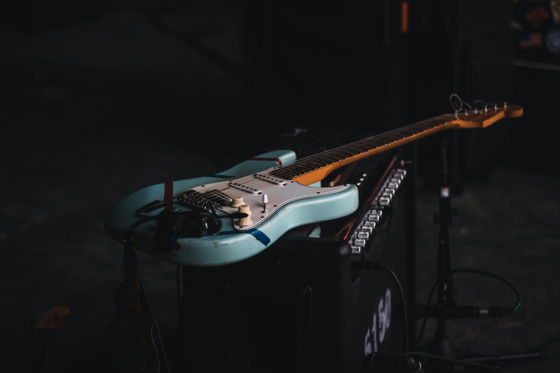
The 1980s saw an explosion in the use of digital equipment in music production. Synthesizers became the defining instrument of 1980s music, software-based instruments such as sequencers and drum machines also became popular around the world, and computers became widely used to create, record, and edit music. This led to the birth of
In the late 1980s and early 1990s, the arrival of home computers with multimedia capabilities meant that anyone with a computer could create music. This was a major revolution for the music industry, not only because it allowed major music labels to produce high-quality albums, but also because it gave independent artists the ability to create music in makeshift digital home studios.
Electronic music was especially popular in countries with easy access to technology, such as the United States, the United Kingdom, and Germany, and various genres began to gain popularity and spread to different parts of the world.
Some music producers at the time were experimenting with different break patterns and incorporating them into tracks, and one popular technique was using a sampler to isolate and record parts of existing songs and use them to create new compositions.
It is said that the music genre 'jungle' was born when people applied this technique to isolate the drums from existing songs and create new break patterns, and that the British musicians Fabio and Grooverider are said to be its founders.
The term 'jungle' was first used by artist Goldie to describe this music genre. Both Fabio and Grooverider create jungle songs by mixing R&B and funk music with the faster beats of techno and house tracks.

Probably the most popular sampled track in the history of the jungle music genre is 'Amen Brother.' The drum break sampled from Amen Brother is called the '
Amen Brother - YouTube
In the early days of jungle, music producers used computers such as the Commodore Amiga or Atari ST to create music, and the Amiga's OctaMED was a popular tracker.
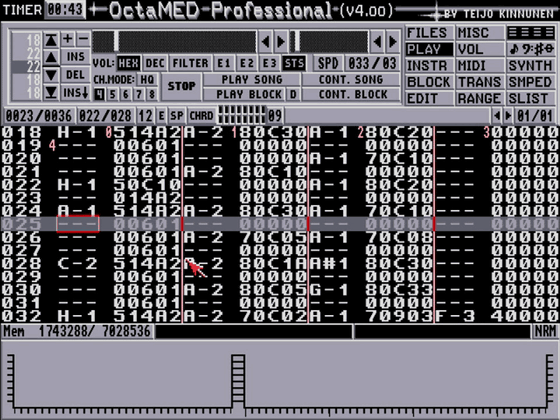
Atari ST users had a MIDI sequencer called Cubase that let them connect samplers and synthesizers to the computer via MIDI and sequence tracks using Steinberg 's advanced features.
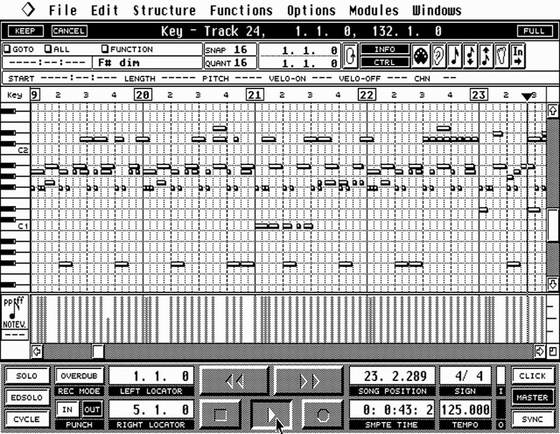
One of Jungle's signature songs is 'Valley of the Shadows,' produced by Andy C and Ant Miles in 1992. The drums, bass, keyboards and vocals used in 'Valley of the Shadows' are samples of the near-death experience episode of the BBC science documentary '
Origin Unknown - Valley Of The Shadows ᴴᴰ - YouTube
The jungle is deeply linked to Jamaican culture. After World War II, there was a huge influx of immigrants from the Caribbean to the UK in search of work. These Jamaicans slowly incorporated Jamaican culture into their communities, including food, clothing, language and music.
The British rave scene at the time when electronic music was popular was very similar to the social gatherings where Jamaican DJs and MCs played music such as ska, dancehall, and reggae. The popularity of the Jamaican-like rave scene in the UK made Jamaican culture important to the UK music scene, and it had a huge influence on music genres such as jungle, which were born in the UK. In particular, samples of Jamaican music were very common in the early days of jungle.

Jungle and EDM music genres were a perfect fit for the fast-paced games developed in the 1990s. Most titles that featured jungle soundtracks were released in the late 1990s, but jungle continued to be used in game music up until the mid-2000s.
PlayStation and Nintendo 64 games utilize various sub-genres of jungle, with atmospheric ambient music being common in futuristic or spacey style games, jazzy, calming tracks being used in menu screens, and more chaotic, high tempo tracks being used in moments that call for tension.
In the case of PlayStation, the reason for the extensive use of jungle was that 'British game company Psygnosis was acquired by Sony.' Before the launch of PlayStation, Sony realized that it needed two elements: 'an easy-to-use software development kit (SDK)' and 'a group of talented developers to help develop games for PlayStation.' So Sony acquired Psygnosis and had them develop the SDK for PlayStation.
In addition, Psygnosis was also responsible for the development of the racing game '
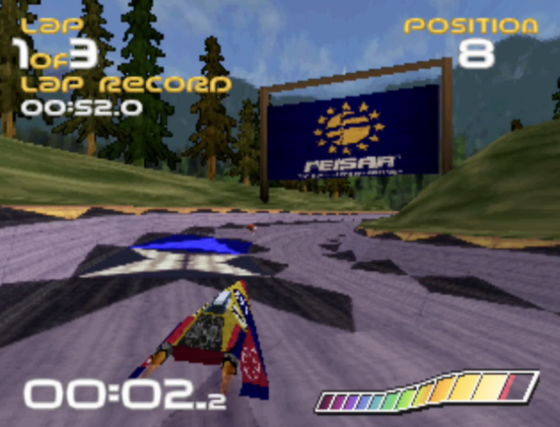
Jungle was also used in the racing game 'Rage Racer' released by Namco in 1996. The music for Rage Racer was composed by Tetsuichi Nakanishi .
Rage Racer Soundtrack - #8 - Silver Stream - YouTube
Other titles that use game music classified as jungle include ' Klonoa: Door to Phantomile ,' 'Gran Turismo,' 'Ace Combat,' 'F1 Racing Championship,' 'Samurai Shodown,' 'Sarugetchu,' 'Bomberman,' '1080 Snowboarding,' 'Sega Marine Fishing,' and 'Magical Tetris Challenge.'
Related Posts:
